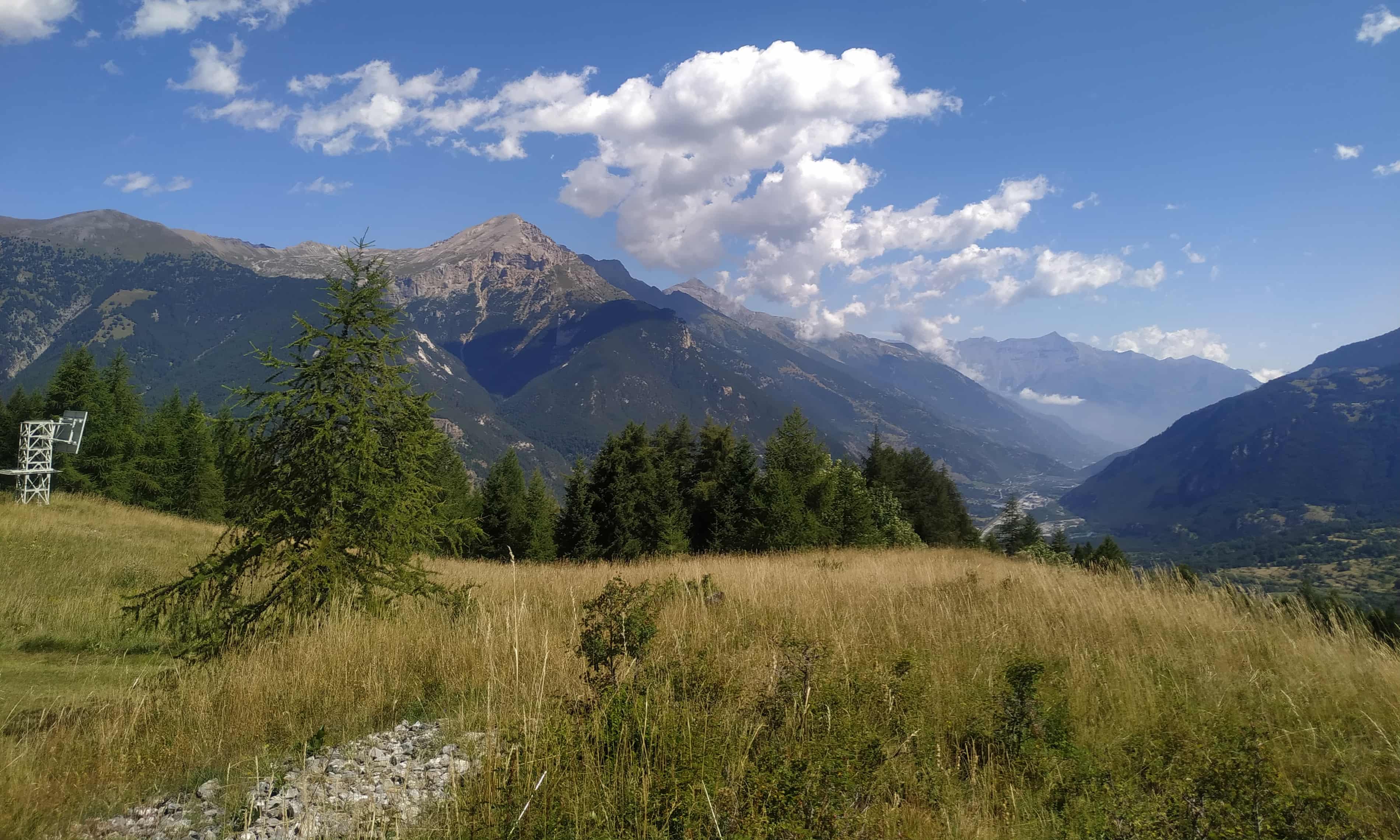
The collapse of a glacier in the Dolomites and a landslide on the island of Ischia. Devastating floods, wildfires and record-breaking heatwaves. The worst drought of the Po, Italy’s longest river, in 200 years. Luca Mercalli, an Italian climatologist, has seen his fair share of extreme weather events in Italy within the past two years. But nothing prepared him for the scene in Mortegliano, a small town in Friuli-Venezia Giulia, the northern region bordering Slovenia.
As winds exceeding 63mph (100km/h) ripped through Milan, two hailstone records were smashed within five days of each other. The first was on 19 July, when a hailstone measuring 16cm (6.3in) in diameter fell in Carmignano di Brenta, a town in Veneto, beating the previous European record of 15cm set in Romania in 2016.
Then on 24 July, a 19cm (7.5in) hailstone was found in Azzano Decimo in Friuli-Venezia Giulia. In Mortegliano, a town of roughly 5,000 inhabitants, at least half a kilo of hail with estimated stone diameters of 10-15cm fell that same night. The storm lasted less than 10 minutes – but enough time to devastate almost the entire town as the chunks of ice crashed into roofs and cars, and breaking the arm of one resident. The total cost of the damage is estimated at €80m.
“There are three elements that make Italy one of the most fragile places in the world,” said Mercalli. “One is that the Mediterranean is smaller in size compared with other oceans and is warming up more quickly. The second is that we are located in between the tropical climate of Africa and temperate climate of northern Europe – the heat in Sicily is now more like Africa, while northern Italy is like Sicily was 50 years ago. The third is the crowded Mediterranean – any extreme event risks a heavy impact in inhabited areas.”
Extreme weather events in Italy in 2022, including the collapse of the Marmolada glacier, flooding in the Marche region and the Ischia landslide, killed 36 people. In May, 14 people died in flooding in Emilia-Romagna, while four were killed in recent wildfires in Calabria and Sicily. During the summer of 2022, people died at the highest rates from heat in Italy, more than in Greece, Spain and Portugal.
But despite these stark facts, there has been scant action by successive governments while the strategy of the current rightwing administration, led by Giorgia Meloni, is vague. Before taking power last October, Meloni had railed against the “ultra-ecologists of the left” and in July said Italy cannot be expected to “dismantle” its economy and businesses in order to implement the “ecological transition”. Her deputy, Matteo Salvini, last week joked on TV about the heatwaves and melting glaciers, saying “summers are hot, winters are cold”. The environment minister, Gilberto Pichetto Fratin, an accountant, said that while the change in the climatic system was there for all to see, he was unsure if it was due to cyclical factors or caused by human beings.